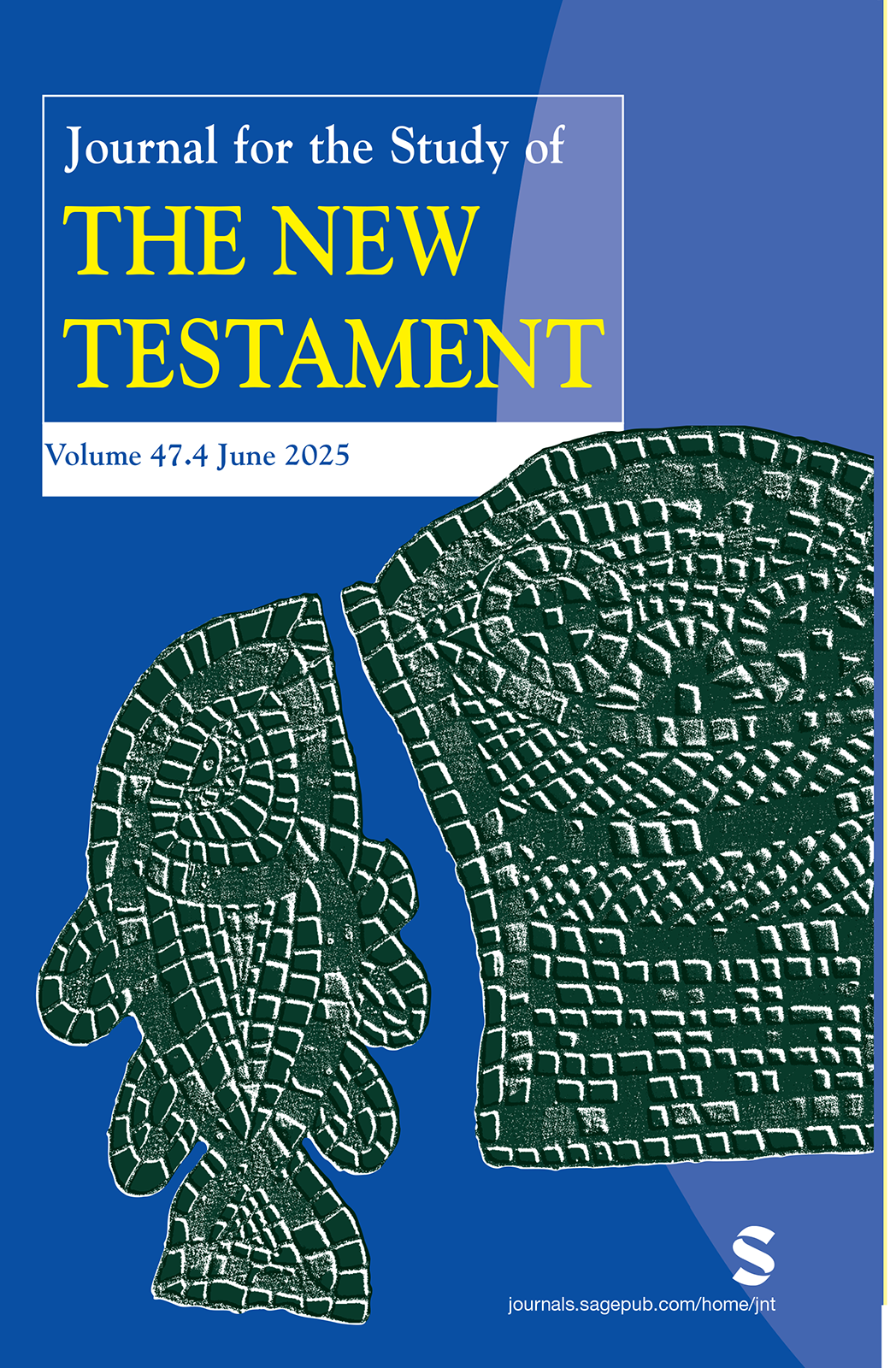이 논문은 누가복음에 나오는 선한 사마리아인의 비유에 대한 전통적 해석과 새로운 해석의 차이점을 분석하고, 새로운 해석의 문제를비판적으로 분석한다. 전통적인 해석에서는 이 비유가 유대인과 사마리아인 사이의 갈등 극복의 중요성과 이웃 사랑의 중요성을 강조한것으로 본다. 이와는 대조적으로 차머즈(Matthew Chalmers)와 브라운/야마자키·랜섬(Jeannine K. Brown/Kazuhiko Yamazaki-Ransom) 같은 최근 학자들은 사마리아인을 이스라엘의 일부로 보아야 하며이 비유는 이스라엘 내부의 문제를 다루고 있다고 주장한다. 본 연구는 새로운 해석의 몇 가지 문제점을 지적한다. 첫째, 역사적 맥락을무시하여 당시 유대인과 사마리아인 사이의 갈등을 적절히 반영하지못한다는 점이다. 둘째, 사마리아인이 이스라엘의 일부로 간주하는이유에 대한 설명이 불분명하여 다른 성경 본문 및 역사적 증거와의일관성이 부족하다. 셋째, 새로운 해석은 비유의 의미를 지나치게 확장하여 일관성 문제를 제기한다. 결론적으로 이 논문은 전통적인 해석의 타당성을 재확인하고 새로운 해석의 문제점을 지적함으로써 기존 관점의 강점을 강조한다.
This paper analyzes the differences between the traditional and recent interpretations of the Parable of the Good Samaritan in the Gospel of Luke and critically examines the problems with the recent interpretation. The traditional interpretation views the parable as emphasizing the importance of overcoming the conflict between Jews and Samaritans and the significance of loving one's neighbor. In contrast, recent scholars such as Matthew Chalmers and Jeannine K. Brown/Kazuhiko Yamazaki-Ransom argue that the Samaritan should be seen as part of Israel and that the parable addresses internal issues within Israel. This study points out several problems with this new interpretation First, it disregards the historical context, failing to adequately reflect the conflict that existed between Jews and Samaritans at the time. Second, the rationale for considering the Samaritan as part of Israel is unclear, lacking consistency with other biblical texts and historical evidence. Third, the new interpretation overly extends the meaning of the parable, raising issues of coherence. In conclusion, this paper reaffirms the validity of the traditional interpretation and highlights the strengths of the existing perspective by identifying the shortcomings of the new interpretation.






